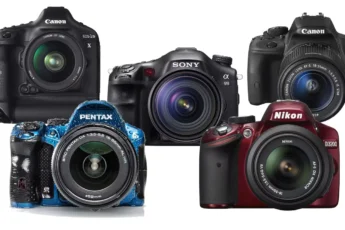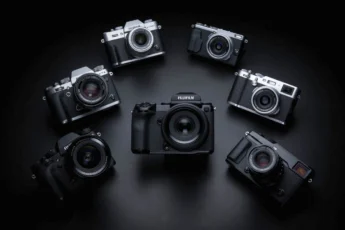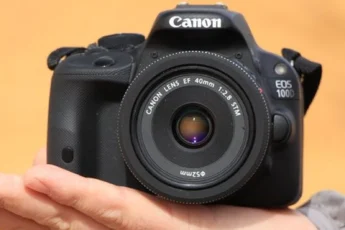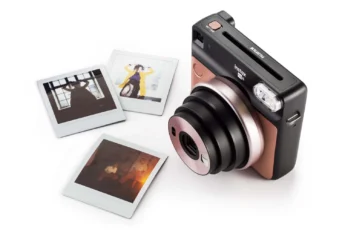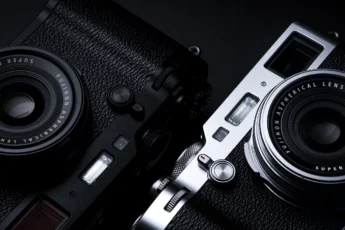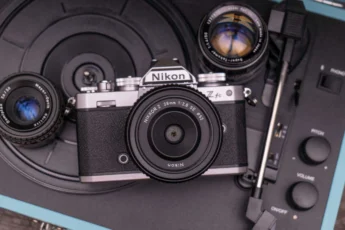Welcome to our comprehensive guide on selecting the best cameras for sports photography in 2024. Capturing fast-paced action shots requires a camera with specialized features and capabilities. In this article, we will provide key insights to help you determine which model is right for your needs.
First, we will introduce the unique demands of sports photography and how it differs from other types of photography. Then, we will outline the most important features to look for when choosing a sports camera. Finally, we will recommend our top picks for 2024 and provide factors to consider like compatibility, handling, and connectivity.
Whether you are a professional photographer or an aspiring amateur, our goal is to equip you with the knowledge to confidently choose the ideal sports photography camera. Let’s dive in!
- Understanding the Importance of the Right Camera for Sports Photography
- Key Considerations for Choosing a Camera for Sports Photography
- Exploring Top Camera Options for Sports Photography in 2024
- Canon EOS R3: Technological Marvels for High-Octane Action
- Sony Alpha 1: Versatile Performance for Various Sports and Lighting Conditions
- Nikon D5: Exceptional Autofocus System, High-Speed Shooting, and Low-Light Performance
- Selecting the Perfect Lens for Sports Photography
- Understanding the Role of Lenses in Sports Photography
- Essential Tips for Choosing the Right Lens for Different Sports and Environments
- Balancing Budget with Performance for Sports Photography Cameras
- Budget-Friendly Options without Compromising Performance
- Maximizing Performance within a Specific Budget Range
- Conclusion: Choosing the Ideal Camera for Your Sports Photography Needs
Understanding the Importance of the Right Camera for Sports Photography
Having the right camera gear can make all the difference in sports photography. If your camera is too slow, you’ll miss critical moments of action. If the autofocus can’t keep up, your images will be out of focus. If you can’t shoot in low light, you’ll miss shots in poorly lit gyms or night games.
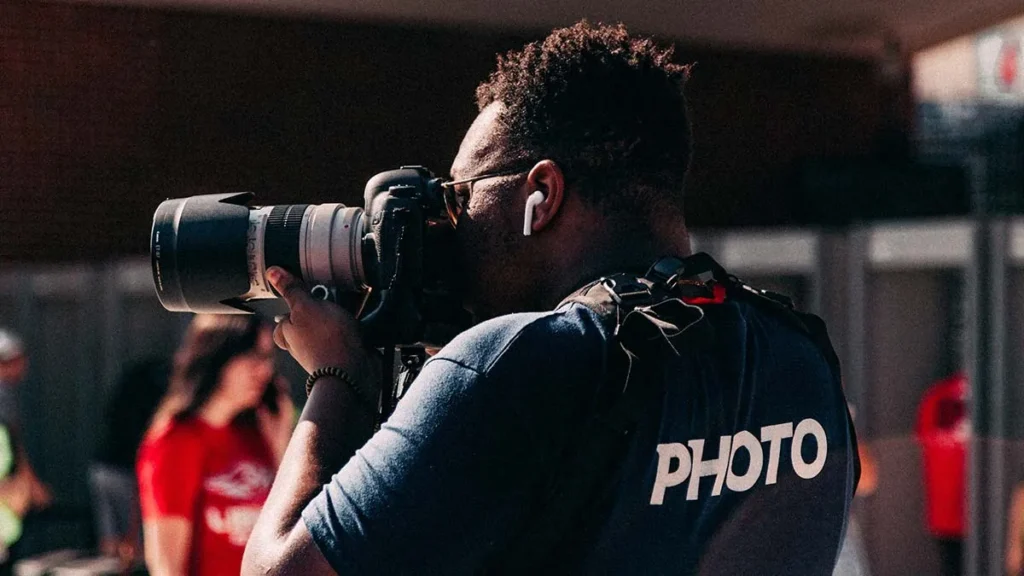
The capabilities of pro-level DSLR and mirrorless cameras give sports photographers the tools they need to capture fast action in a variety of lighting conditions. Their advanced autofocus systems can accurately track the unpredictable movement of athletes. Fast burst rates ensure you can machine gun shoot without missing moments. Impressive high ISO abilities allow shooting in dark environments.
Without these specialized cameras, the challenges of sports photography would make capturing usable images incredibly difficult. The camera enables tracking focus on moving subjects, firing a burst of shots at the perfect moment, and freezing the action across the finish line. Simply put, having the right camera equipment unlocks the potential for great sports imagery.
Key Considerations for Choosing a Camera for Sports Photography
There are several key factors to evaluate when selecting a camera for sports photography:
- Speed – Look at both burst frame rate and autofocus speed. You need to be able to quickly capture a sequence of shots and keep fast-moving athletes in focus.
- Autofocus system – The AF system should have a high number of focus points spread widely across the frame for effective subject tracking.
- Low light quality – Many sports happen indoors or at night. Good high ISO capabilities allow shooting in dim light.
- Lens options – Having access to long telephoto lenses for your camera system is important to get close to the action.
- Ergonomics – The camera should feel comfortable to hold and shoot with, especially if you’ll be using it for long periods.
- Weather sealing – Protection against dust, moisture and inclement weather is useful when shooting outdoors.
Also consider if you want an optical viewfinder or electronic one, battery life, and your overall budget. Finding the right balance of features and performance for your needs and budget is key.
Exploring Top Camera Options for Sports Photography in 2024
Canon EOS R3: Technological Marvels for High-Octane Action
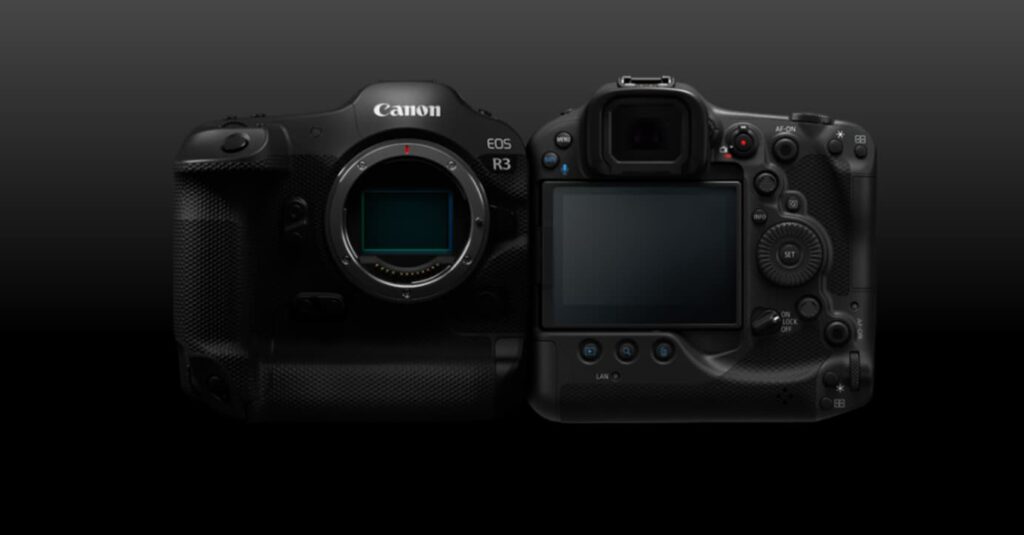
The Canon EOS R3 is one of the most technologically advanced cameras available for sports photography. It combines the speed and performance Canon is known for with innovative features like vehicle priority AF for motorsports and Eye Control AF that shifts focus based on where you look in the viewfinder.
With a burst rate of 30 fps, the R3 can rapidly capture sequences of images. The Dual Pixel AF II autofocus system offers lightning fast speed and accuracy when tracking subjects. Canon’s Deep Learning technology provides further AF enhancements. Shooting in RAW, the buffer can hold over 1000 shots before filling. This kind of performance is perfect for capturing split second moments even during extended fast paced sequences.
The 24MP full frame sensor provides excellent image quality with clean high ISO shots up to 102,400. Paired with lenses like the Canon EF 400mm f/2.8L IS III, the R3 delivers professional level sports images in incredible detail.
Sony Alpha 1: Versatile Performance for Various Sports and Lighting Conditions
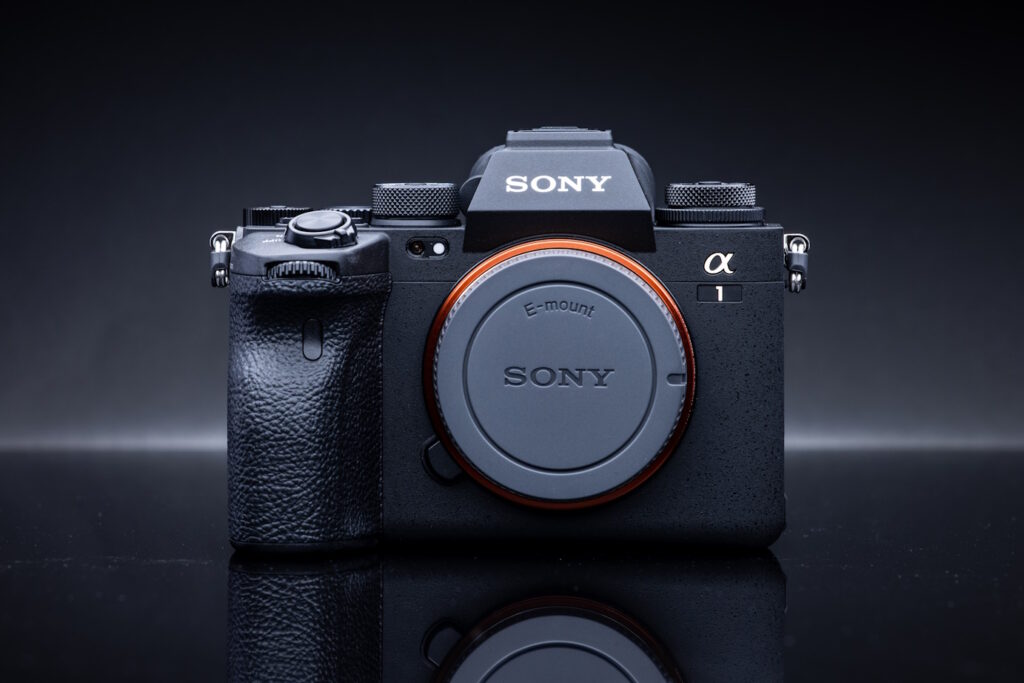
With a combination of speed, resolution and video capabilities, the Sony A1 is a uniquely versatile camera for sports photography. It can shoot 50MP images at up to 30 fps with AF/AE tracking. The advanced autofocus system uses 759 phase detection points and advanced subject recognition algorithms for reliable tracking.
Impressively, the A1 offers flash sync speeds up to 1/400s, which can help freeze action even in daylight. The electronic shutter enables shooting without any shutter vibration or sound. A unique benefit for golf, tennis and other sports where quiet shutter release is preferred.
For low light and indoor venues, the A1 has exceptional ISO range up to 32,000 (102,400 expanded). Plus it can record 8K 30p and 4K 120p video for multimedia needs. This level of performance across stills and video make it highly versatile across different sports.
Nikon D5: Exceptional Autofocus System, High-Speed Shooting, and Low-Light Performance
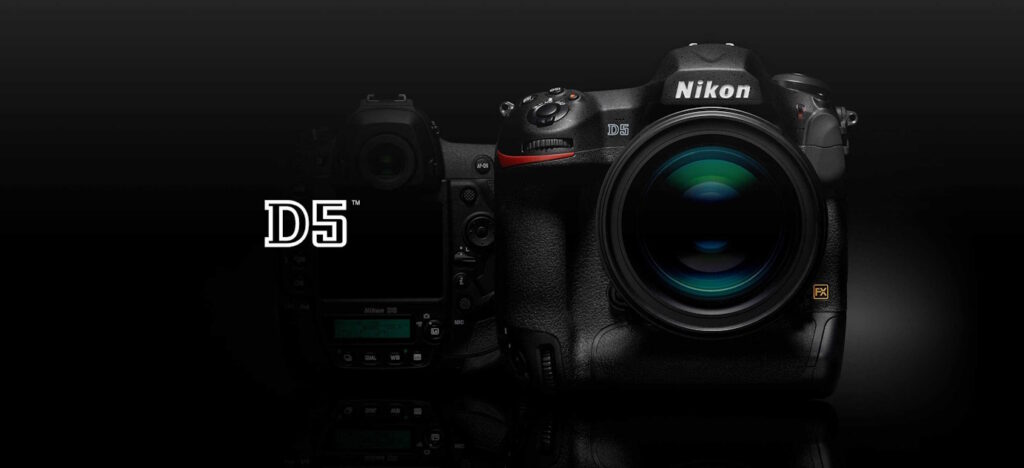
While mirrorless cameras have been dominating headlines, the Nikon D5 DSLR remains a phenomenal camera for sports photography. It delivers incredible speed and performance that rivals even the latest mirrorless models. Continuous shooting hits 14 fps with full autofocus and autoexposure tracking.
Nikon’s 153-point AF system covers a wide area with very precise subject tracking and lock-on capabilities. It excels at keeping focus on erratic movements. Low light shooting also impresses with an ISO range up to 3,280,000 and great noise control at high ISOs.
With the right telephoto glass like the AF-S NIKKOR 500mm f/4E FL ED VR, the D5 has the speed, AF performance and image quality to capture incredible sports imagery. From the sidelines or in the midst of celebrations, the D5 lets you get the shots other cameras would miss.
Selecting the Perfect Lens for Sports Photography
Understanding the Role of Lenses in Sports Photography
While the camera body is incredibly important in sports photography, the lenses you choose have a big impact on what kinds of shots are possible. Most sports require long telephoto lenses to get close to the action from the sidelines, stands or other fixed positions. Prime lenses with fixed focal lengths offer the fastest maximum apertures, giving advantages in low light and being able to isolate subjects with narrow depth of field.
Zoom lenses provide more framing versatility and can reduce the number of lens changes needed. Many sports photographers use a combination of prime telephotos and pro-level zoom lenses. Wide angle and standard zooms are used when shooting from close range such as basketball and boxing ringside. The array of lenses and ability to switch them quickly gives sports photographers creative options.
Essential Tips for Choosing the Right Lens for Different Sports and Environments
Here are some tips for choosing the right lenses:
- For field sports like football, soccer, baseball, a long prime telephoto around 400-600mm is ideal. These allow getting tight shots from the sidelines.
- For track & field, a 200-400mm zoom or mid-telephoto prime gives the reach needed to cover events like long jump or javelin while having some flexibility to frame different aspects.
- For basketball, wider focal lengths like 16-35mm or 24-70mm work well when shooting from courtside positions under the basket.
- For indoor sports, using lenses with very wide max apertures (f/2.8, f/4) helps overcome dim lighting and shoot at faster shutter speeds.
- Golf benefits from 400mm+ super telephotos that can tightly frame golfers from a distance while keeping distracting backgrounds out of view.
Consider the access you’ll have to shooting positions, the kinds of shots you want to capture, and lighting conditions. This will help determine ideal focal lengths and lens speed for different sports.
Balancing Budget with Performance for Sports Photography Cameras
Budget-Friendly Options without Compromising Performance
While pro-oriented cameras and lenses represent the pinnacle of sports photography gear, there are also more affordable options. For example, the Canon EOS 7D Mark II and Nikon D500 pack excellent autofocus, speed, and handling into sub-$2000 APS-C bodies. They still offer 10+ fps burst rates and advanced AF tracking well-suited for sports.
On the lens side, using f/4 constant aperture zooms over pricier f/2.8 models can save hundreds or thousands of dollars. Prime lenses like a 300mm f/4 or 70-200mm f/4 deliver great image quality in an affordable package. Third party lenses from Sigma and Tamron also offer performance and value. With the right technique and shooting angles, more budget-friendly gear can still get great sports shots.
Maximizing Performance within a Specific Budget Range
When shopping for sports photography gear within a set budget, carefully prioritizing desired features and choosing items on promotion can optimize performance potential. Establish must-have aspects like AF responsiveness, burst rate, and low light ability based on the action you want to shoot. This helps identify models capable of delivering those key metrics.
Set price alerts and monitor deals around holiday sales events. Sports-oriented cameras often see discounts during the summer and early fall. You may be able to get $500+ off recent model DSLRs and lenses. Consider buying refurbished/used items from reputable sellers for additional savings. Stretching your budget strategically lets you maximize performance for the investment.
Conclusion: Choosing the Ideal Camera for Your Sports Photography Needs
Finding the best sports photography camera involves balancing capabilities, features and budget. Carefully consider what kind of action you want to shoot and what shooting challenges you’ll encounter. This makes clear which performance attributes are most important for your needs.
Do you need blistering fps burst rates to capture pivotal moments? Do darkly lit gyms or night time fields require excellent high ISO abilities? Will you be shooting from a distance and need long telephoto reach? Making assessments of when, where and what you’ll be shooting clarifies the ideal camera and lens requirements.
Remember to consider lens compatibility, handling and connectivity too when deciding on your next camera. With these insights, you are now well equipped to pick your perfect sports photography companion!

